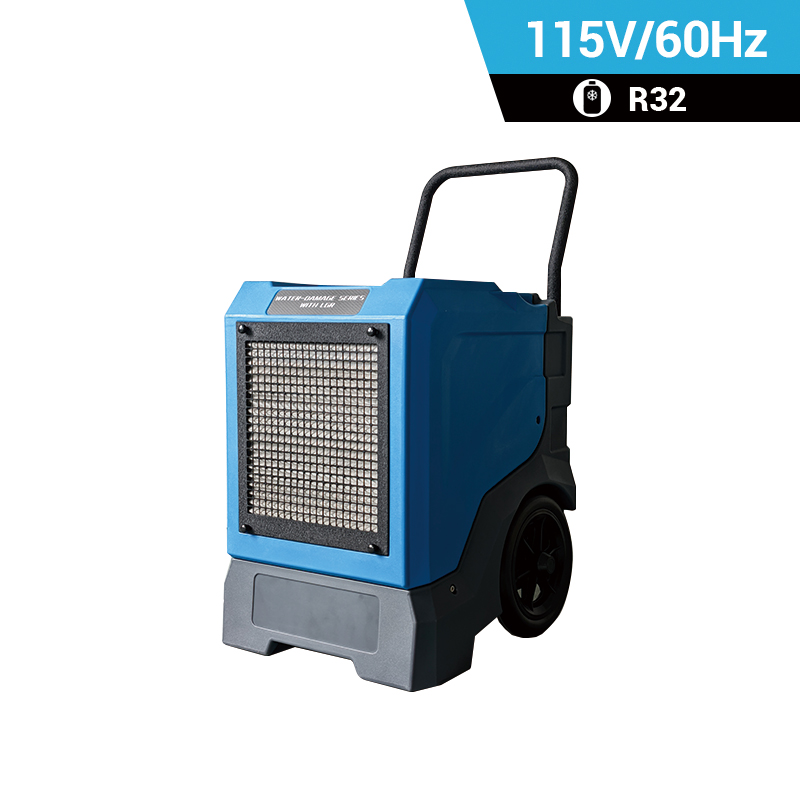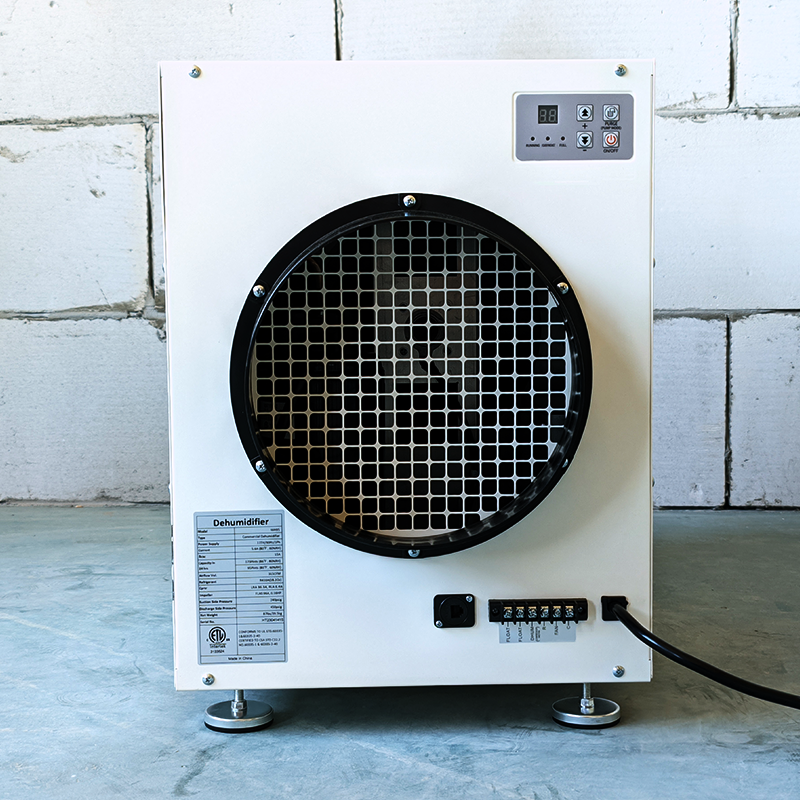 +86-13376814803
+86-13376814803  robert@hzhongtai.com
robert@hzhongtai.com
Can you put the drain hose from a dehumidifier into the sump pump?
Yes, it is generally acceptable to connect the drain hose from a dehumidifier to a sump pump. This setup can provide a convenient and efficient way to drain the collected water from the dehumidifier. Here's how you can do it:
1. Locate the Sump Pump: Identify the sump pump in your basement or crawl space. It is typically located in a pit or basin and is designed to collect and remove excess water from the area.
2. Check the Sump Pump's Capacity: Ensure that the sump pump has the capacity to handle the additional water from the dehumidifier. Most sump pumps are capable of handling the extra load, but it's always good to confirm this to avoid overwhelming the pump.
3. Position the Dehumidifier: Place the dehumidifier for basement with drain hose near the sump pump or within a reasonable distance for the drain hose to reach. Ensure that the dehumidifier is stable and secure.
4. Connect the Drain Hose: Attach one end of the drain hose to the drain outlet on the dehumidifier. The specific connection method may vary depending on the dehumidifier model, so refer to the manufacturer's instructions for guidance.
5. Direct the Hose to the Sump Pump: Extend the drain hose and guide it towards the sump pump. Ensure that the hose is properly aligned and securely connected to prevent any leaks.
6. Secure the Hose: Use hose clamps or zip ties to secure the drain hose in place, especially if you need to route it along walls or through tight spaces. This helps prevent the hose from becoming dislodged or causing tripping hazards.
7. Test the Setup: Before leaving the system unattended, run the basement dehumidifier and check that the water is being effectively drained into the sump pump. Monitor the setup initially to ensure there are no leaks or other issues.
It's important to regularly inspect the drain hose and the sump pump system to ensure proper functioning. Clean or replace the hose if it becomes clogged, and maintain the sump pump according to recommendations of the dehumidifier manufacturer.
Remember to follow local building codes and regulations regarding sump pump installations, as requirements can vary depending on your location.
Related Products


































